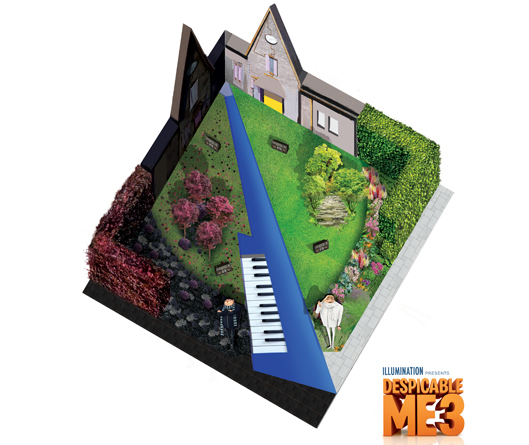
A remarkable but little-known biological clock allows us to estimate the age of a wildflower meadow. It helps to have an eye for buttercups.
What you need
- 1 × ancient wildflower meadow
- 1 × sunny day
- 1 × notebook and pen
- 1 × calculator
- 1 × dog needing a good walk
The method
Once you have gained the permission of the meadow’s landowner, take your dog for a good long walk around the field. Every few minutes, glance at the flowers around you and try to find the closest creeping buttercup (R. repens). Just look at the table opposite to see how. Now try to pick out a single creeping buttercup by eye. Then look at it more closely and count the number of petals. Most creeping buttercups have five petals, but every now and again you’ll find one with six, or sometimes even seven or eight petals. Note down in a tally whether your flower has five petals or more than five. Move on, then stop again after a few paces and repeat the exercise. Try not to look for buttercups with more than five petals – just pick up the flower that you spot first. Once you have counted 100 buttercups, stop and count up the number with more than five petals; then multiply this number by seven. The result is the approximate age of your meadow in years.
The science
Creeping buttercup does much of its reproduction by ‘creeping around’ – quite literally, as most of the buttercup’s new plants grow from its side shoots; as these spread, the older bits of the plant die off, leaving fragments (called ramets) to disperse, or ‘creep off’ around the meadow. The entire creeping buttercup population in a meadow might actually originate from just a few original starter plants, which over the years fragment and increase in number, spreading around the meadow.
In time, each fragment becomes an older version of the original plant, but still carries identical genes to its parent. With age, some of the genes start to mutate and produce flowers with an extra petal or two. As the fragments continue to age, more and more mutate and generate flowers with extra petals. This mutation happens at a rate of about one plant in every seven years, hence we can age a meadow by the number of flowers with extra petals.
A creeping buttercup might therefore stem from the fragment of an original starter buttercup that first grew when the meadow originated, quite possibly one or two centuries ago. If the meadow is ploughed up, though, all the surviving fragments will be buried and die but that won’t be the end of the story, as new plants will start up again from dormant seed left in the soil.
At this starter stage, the buttercup’s remarkable biological clock is reset. At first no mutations will occur until, approximately seven years later, a six-petalled buttercup will appear again.





